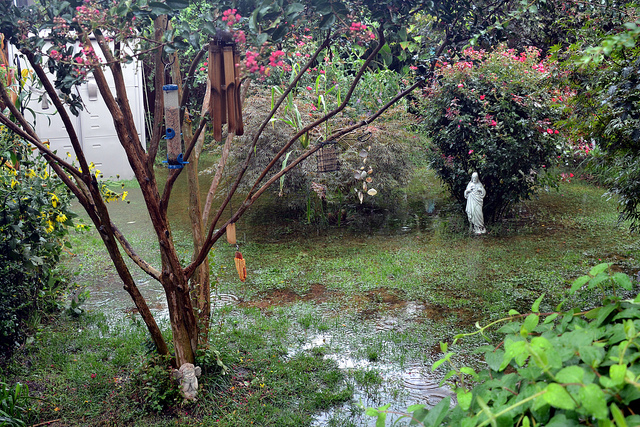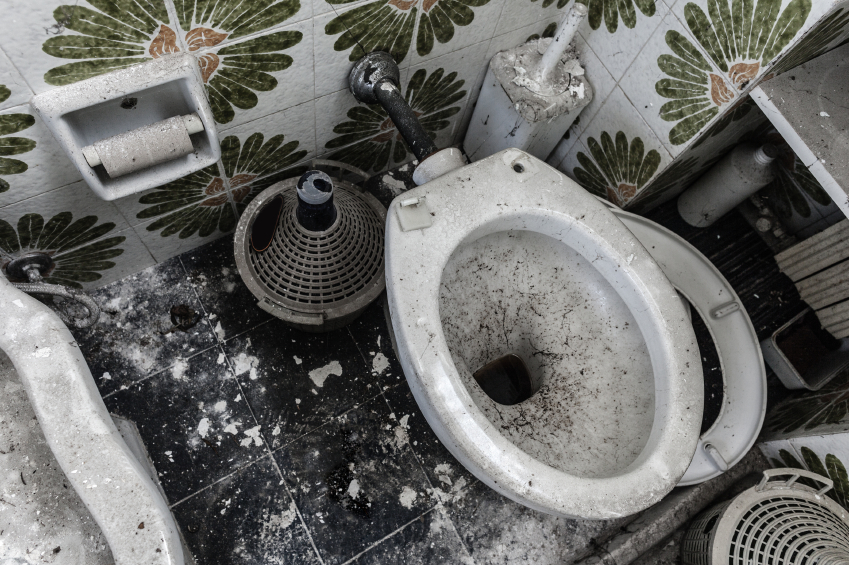Does Flood Insurance Cover Burst Pipes?
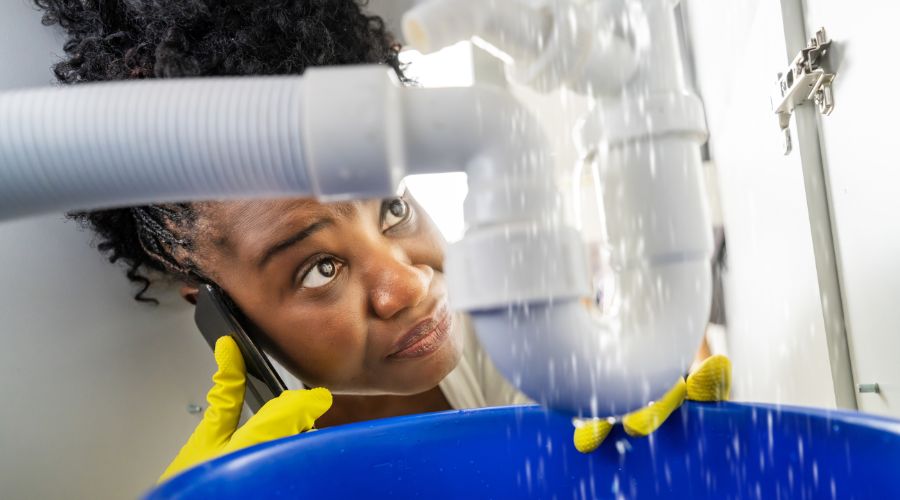
Summary: Flood insurance doesn’t cover damage from burst pipes. It is meant to cover damage from natural floodingFlooding is the overflow or accumulation of water in areas t... More events like heavy rain, storm surges, or overflowing rivers. Learn what is actually covered in your policy.
Flood insurance provides protection for homeowners, covering a variety of damages from water-related incidents. It is important for property owners to understand the coverage of their insurance policies, particularly in relation to risks such as burst pipes. Many people assume that water damage from a burst pipe would be covered under their insurance policy, but this is not always the case.
Although flood insurance typically does not cover the cost of repairing broken pipes in your home, other insurance policies, such as homeowner’s insurance, can provide coverage. It is essential to review your flood insurance policy to understand what specific types of water damage is covered and to ensure you have coverage for potential issues with broken pipes.
What is the Difference Between Water Damage and Flooding?
Water damage and floods are often though of interchangeably, but there are important differences between the two. Water damage is the result of water entering a home or building from various sources, such as pipe bursts, roof leaks, or overflowing bathtubs. On the other hand, a flood is an overflow of water that submerges usually dry areas. Floods may occur because of heavy rainfall, melting snow, or rivers and lakes overflowing. Knowing the difference between flood damage and water damage is essential to understanding insurance coverage.
What Does Flood Insurance Cover?
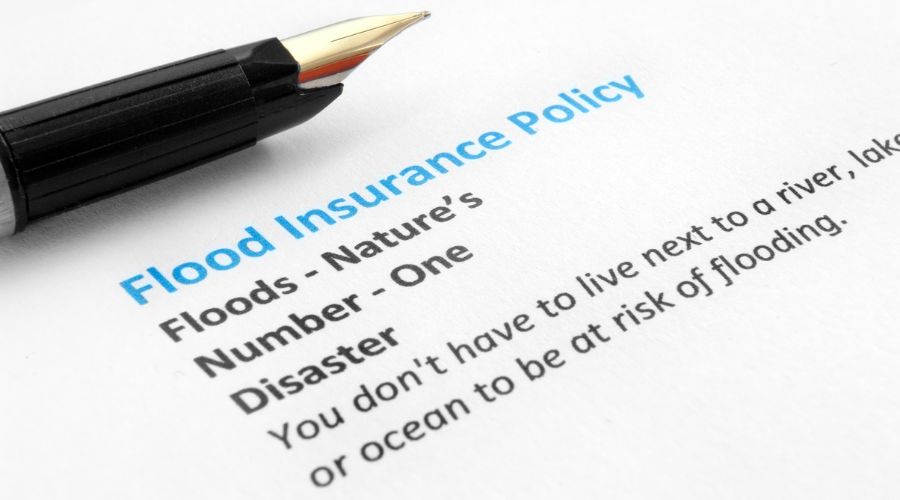
Flood insurance policies generally do not include coverage for broken pipes in your home. Typically, this type of damage is covered by a separate homeowner’s insuranceHomeowner’s insurance is a policy that provides financial ... More policy or a specific water damage policy. Even though flood insurance may not cover internal issues, it is essential for protecting your property from floodingFlooding is the overflow or accumulation of water in areas t... More caused by natural disasters or external factors. The risk of floodingFlooding is the overflow or accumulation of water in areas t... More has increased significantly with heavy rain and storms becoming more frequent due to climate change.
By having flood insurance, especially those who live in flood-prone areas, you can have peace of mind knowing that your finances and personal items are protected. Flood insurance usually includes coverage for the building itself and the contents within the house.
Here are common items building coverage typically covers:
- Structural damage to your home: This includes damage to the building’s foundation, floors, carpeting, and walls.
- Built-in appliances: This includes damage to kitchen stoves, dishwashers, and refrigerators.
- Essential systems and appliances: All essential systems like electrical systems, plumbing systems, furnaces, and water heaters are covered.
Contents coverage protects your items, such as personal belongings like furniture, clothing, electronics, and valuable items
What Doesn’t Flood Insurance Cover?
While flood insurance covers a large variety of damages caused by water, understanding what is not covered is essential for homeowners to ensure their items are protected. Flood insurance generally provides coverage for damage caused by external sources such as heavy rains or storms. To be eligible for coverage, the damages must be directly caused by a flood in the area. There are many different instances that are not covered by flood insurance. Damages that are caused from burst or broken pipes are not covered, as they are often a result of issues like freezing or other issues.
Below are instances flood insurance does not cover:
- Damage from moisture, moldMold is a type of fungus that grows in damp or humid conditi... More, and mildewMildew is a type of fungus that grows on damp surfaces, typi... More
- Damage caused by broken pipes
- Damage to property outside of the building: Trees, decks, fences, patio furniture, etc.
Flood Insurance Coverage Exceptions
Although your flood insurance may not provide coverage for burst pipe damage, there are other policies that can protect you if you encounter this situation. Homeowner’s insuranceHomeowner’s insurance is a policy that provides financial ... More policies provide coverage to your home and its contents if sudden or accidental damage is encountered. This includes damage resulted from burst pipes due to factors such as corrosion, freezing temperatures, or accidental damage. Homeowners should carefully review their insurance policies to understand any exclusions or exclusions of coverage.
There are instances in which your flood insurance will provide coverage for burst pipe damage. If the pipe breaks or bursts due to an external source, such as storm damage, your insurance will cover it. However, if the pipe breaks due to improper maintenanceMaintenance is the routine care, inspection, and repair of a... More, your homeowner’s insuranceHomeowner’s insurance is a policy that provides financial ... More policy will be the place to turn for coverage. Flood insurance policies will only cover damage inside of your home if it was caused by external factors.
What to Do if Your Pipes Burst?
Experiencing a burst pipe in your home can be a challenging situation that can leadLead is a heavy metal that can be toxic to humans, especiall... More to stress and potential damage. It is crucial to take immediate action to ensure safety if your pipes burst. Understanding how to react quickly and effectively can reduce further damage and facilitate a smoother remediation process. From shutting off the water supply to contacting professionals and documenting the damage, taking the right steps can make a significant difference.
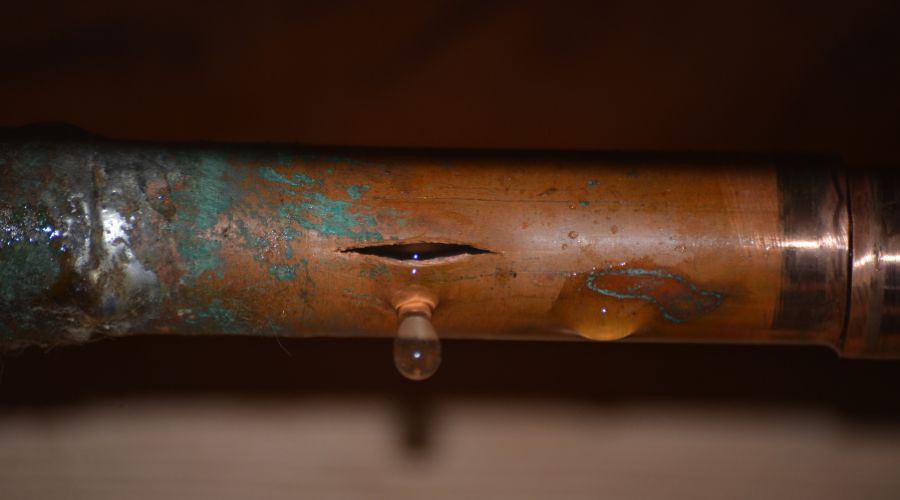
This guide will help you navigate through the challenging situation of pipes bursting with greater confidence.
- Turn off the water supply – Identify the main shut-off valve in your home and use it to stop the water flow and avoid further floodingFlooding is the overflow or accumulation of water in areas t... More.
- Evaluate the damage – Assess the damage by checking for water damage to walls, floors, ceilings, and belongings.
- Document the damage – Take photos or videos of the damaged areas and any belongings that were damaged by the pipe burst. Insurance will need this documentation to provide coverage.
- Contact a plumber – Call a professional plumber to fix the burst pipe and to assess any plumbing issues contributing to the pipe damage.
- Safely remove damaged items – Remove any water-damaged items to prevent moldMold is a type of fungus that grows in damp or humid conditi... More growth and further damage.
- Begin dryingDrying is the process of removing moisture from materials, s... More your home – Use towels and fans to reduce the moisture levels by dryingDrying is the process of removing moisture from materials, s... More out the affected areas.
- Reach out to your insurance provider – Promptly notify your homeowners insurance provider and begin the claim process. You will need to provide documentation of the damaged items, including any other relevant information.
- Call restorationRestoration is the process of returning a property to its pr... More professionals – Trained water damage restoration professionals will restore your home to its pre-damage condition, addressing both structural and cosmetic repairs as needed. Immediately call them.
Contact RestorationMaster for Water Damage Restoration Services
If you’ve experienced water damage in your home due to burst pipes, floodingFlooding is the overflow or accumulation of water in areas t... More, or any other cause, don’t wait to address the situation. We can put you in touch with professional technicians at RestorationMaster who are available to assist with restoring your home to its previous condition in a timely and effective manner. With their experience and expertise, these professionals are equipped to handle flood damage restoration projects of all sizes. For prompt assistance with water damage, contact RestorationMaster to arrange an assessment and begin the restorationRestoration is the process of returning a property to its pr... More process.










